Annapurna Circuit Trek 2022/2023- Ultimate Travel Guide
The Annapurna Circuit trek is a majestic trekking route in Nepal that carries a huge legacy. The Ann...
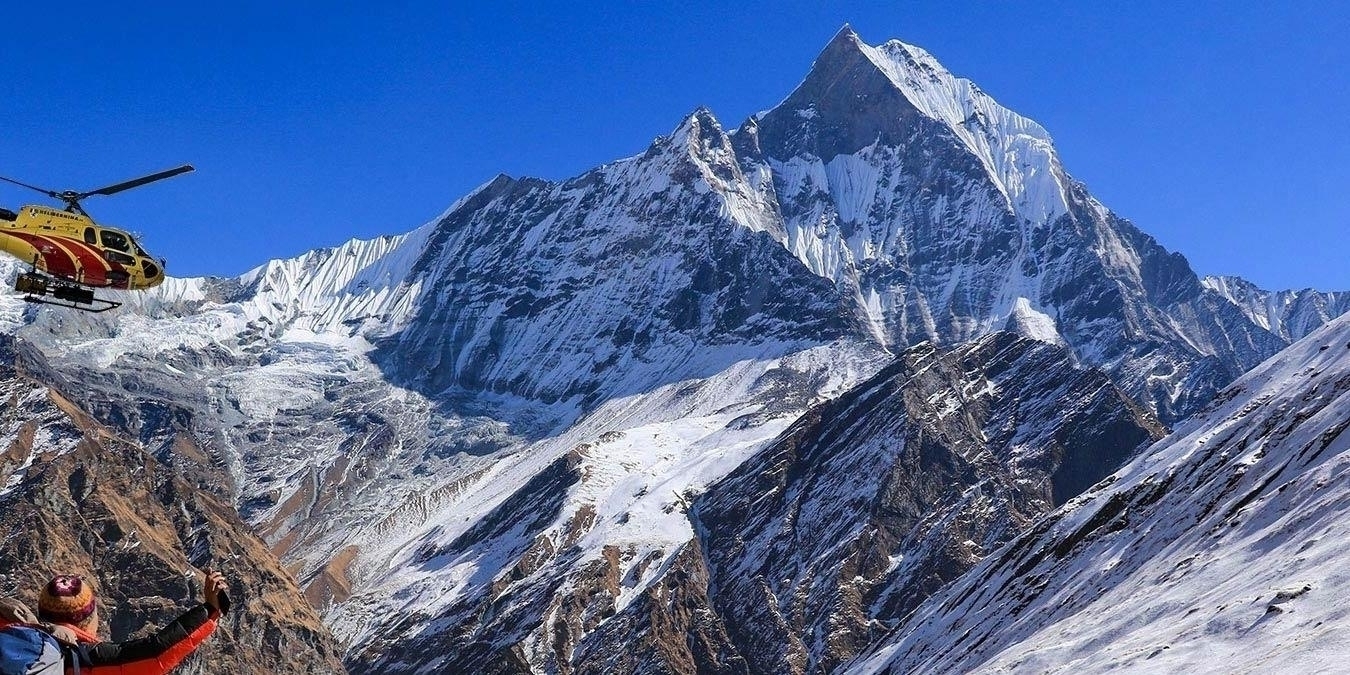
Geographic Overview
The Himalayas stretch over 1,500 miles across Asia, encompassing a diverse range of ecosystems, from lush valleys and dense forests to high-altitude deserts and snow-capped peaks. This unparalleled geographical diversity creates a magical backdrop for trekking, offering a unique blend of natural beauty and challenge.
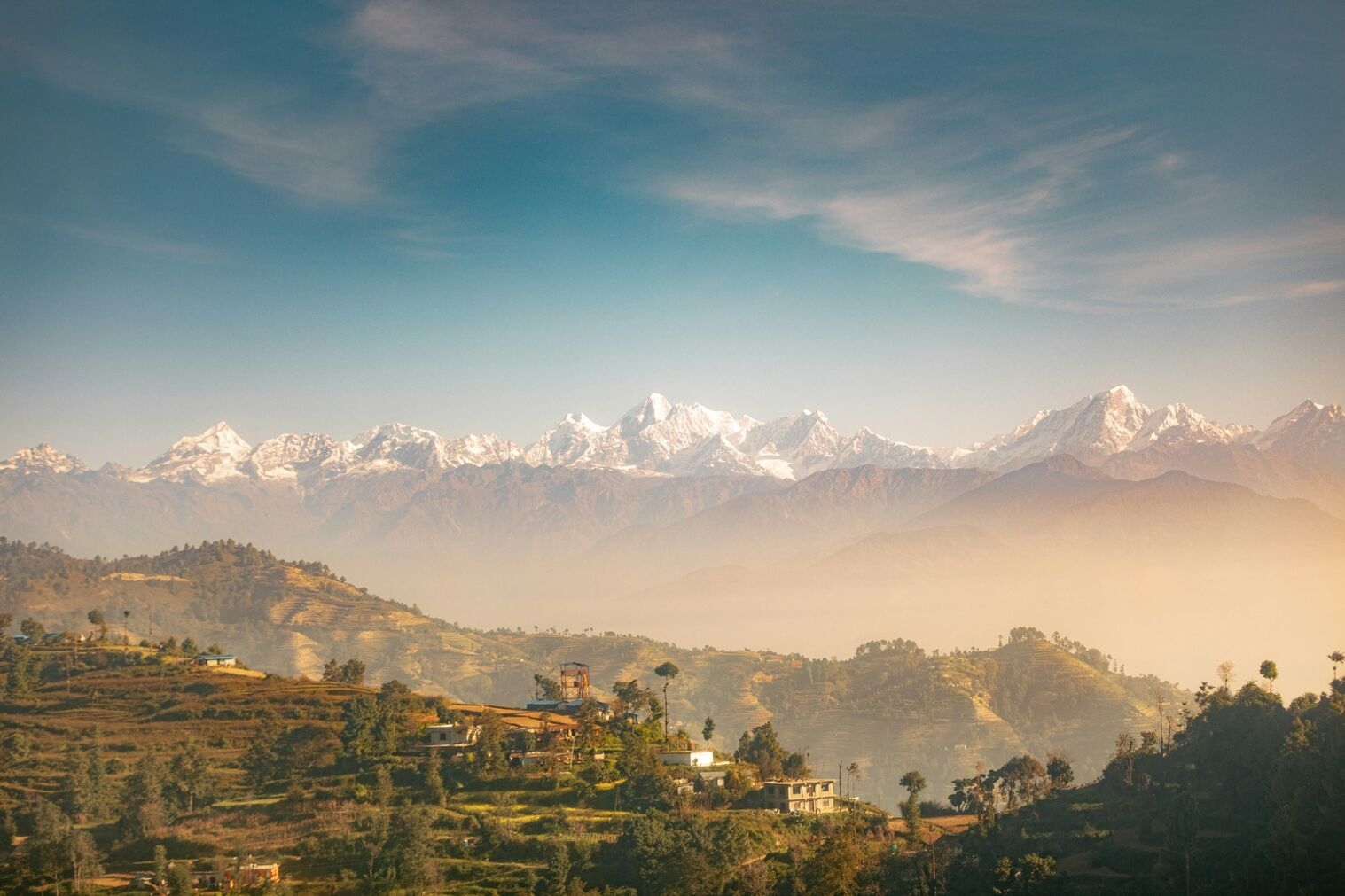 Biodiversity and Wildlife
Biodiversity and Wildlife
The Himalayas are home to a myriad of flora and fauna, including rare and endangered species such as the snow leopard, red panda, and Himalayan monal. Trekking through these biodiverse regions offers opportunities to witness nature in its purest form, from vibrant rhododendron forests to tranquil alpine meadows.
Cultural Heritage
In addition to its natural wonders, the Himalayas are steeped in rich cultural heritage, with diverse ethnic groups and ancient traditions thriving in remote mountain villages. Trekking in the Himalayas provides a unique opportunity to immerse yourself in local customs, interact with indigenous communities, and gain insights into the region's fascinating history and folklore.
The Everest Base Camp Trek, often regarded as the premier hike globally, presents stunning panoramas of Mount Everest along with adjacent colossal Himalayan peaks. Spanning 12 days, this journey navigates through communities of Sherpas, Buddhist temples, and harsh mountainous terrains, reaching a climax with magnificent sceneries from the Kala Patthar viewpoint.
The Annapurna Circuit Trek is another iconic Himalayan adventure, renowned for its diverse scenery and cultural immersion. This 15-21 day trek encircles the Annapurna massif, passing through terraced farmlands, lush forests, and high-altitude passes like Thorong La (5,416m), offering panoramic views of Annapurna, Dhaulagiri, and Manaslu ranges.
For those seeking a less crowded and more intimate Himalayan experience, the Langtang Valley Trek is an ideal choice. This 10-day trek takes you through the pristine Langtang National Park, home to diverse wildlife and enchanting landscapes, including the sacred Gosaikunda Lake and the picturesque Kyanjin Gompa monastery.
Other Noteworthy Treks
Kanchenjunga Base Camp Trek: Explore the remote wilderness of eastern Nepal and witness the world's third-highest peak, Kanchenjunga (8,586m).
Markha Valley Trek: Traverse the rugged landscapes of Ladakh in northern India, encountering ancient monasteries, high-altitude villages, and dramatic mountain vistas.
Spring (March-May)
Spring is one of the best times to trek in the Himalayas, with moderate temperatures, blooming rhododendrons, and clear skies offering optimal trekking conditions. Popular treks like Everest Base Camp and Annapurna Circuit are bustling with adventurers during this season, so it's advisable to book accommodations and permits in advance.
Autumn (September-November)
Autumn is another prime trekking season in the Himalayas, characterized by cool, dry weather, and spectacular mountain views. The trails are less crowded compared to spring, making it an excellent time to embark on less frequented treks like Langtang Valley or Kanchenjunga Base Camp.
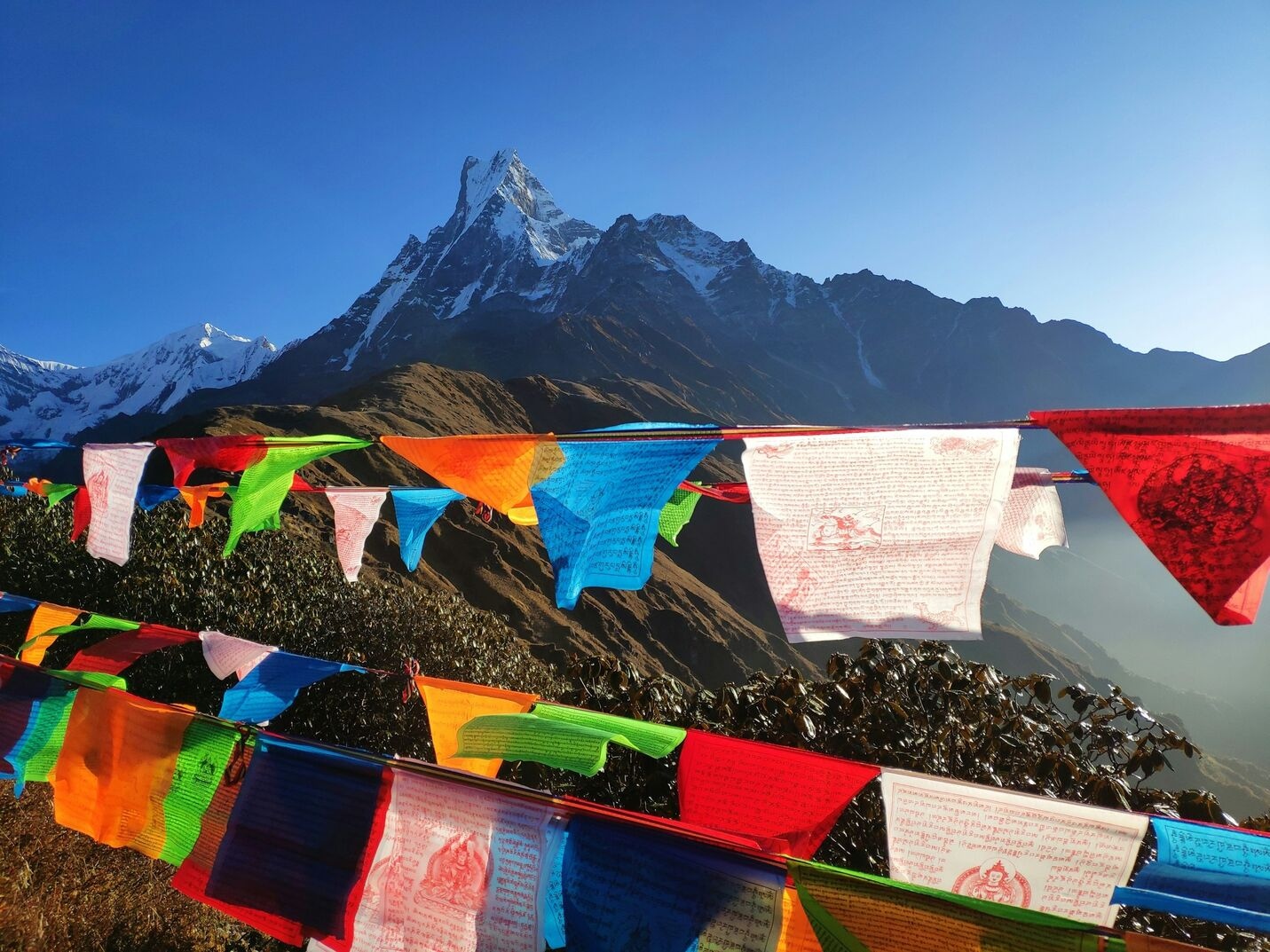 Winter (December-February)
Winter (December-February)
While winter brings cold temperatures and snow-covered landscapes to the Himalayas, it also offers a unique and serene trekking experience for those prepared for the challenges of high-altitude winter trekking. Popular winter treks include the Annapurna Sanctuary and Everest Panorama Trek, where you can enjoy pristine snowscapes and fewer crowds.
Monsoon (June-August)
The monsoon season brings heavy rainfall to the Himalayas, making trekking conditions challenging and potentially dangerous due to landslides and slippery trails. However, regions like Upper Mustang and Dolpo in Nepal and Ladakh in India remain accessible and offer rain-shadow treks with unique landscapes and cultural experiences.
Clothing
Base Layers: Moisture-wicking t-shirts and thermal underwear
Insulation: Fleece jackets, down/synthetic insulated jackets, and thermal pants
Outer Layers: Waterproof and windproof jackets and pants
Footwear: Sturdy hiking boots with good ankle support, gaiters, and lightweight camp shoes/sandals
Accessories: Sun hat, woolen beanie, gloves, and sunglasses
Gear
Backpack: Trekking backpack with a capacity of 40-70 liters
Sleeping Bag: Insulated sleeping bag suitable for the expected temperature range
Tent: Lightweight, weather-resistant tent
Navigation: Map, compass, and GPS device
Cooking and Food: Portable stove, fuel, cookware, utensils, and high-energy foods
Hydration: Water bottles/hydration reservoir and water purification methods (filter, tablets, UV purifier)
Health and Safety
First Aid Kit: Comprehensive first aid kit with essential medications and supplies
Altitude Sickness Prevention: Acclimatization schedule, Diamox (consult a doctor), and knowledge of symptoms
Travel Insurance: Comprehensive travel insurance covering trekking activities and emergency evacuation
Permits and Documentation
Trekking Permits: Obtain necessary trekking permits and TIMS card (Trekker's Information Management System) from respective authorities or agencies
Identification: Carry valid identification (passport, visa, and copies) and trekking permits at all times
Interacting with Locals
Trekking in the Himalayas offers numerous opportunities to engage with local communities, learn about their traditions, and share memorable experiences. From staying in teahouses run by Sherpa families to participating in cultural festivals and ceremonies, interacting with locals enriches your trekking journey and fosters mutual respect and understanding.
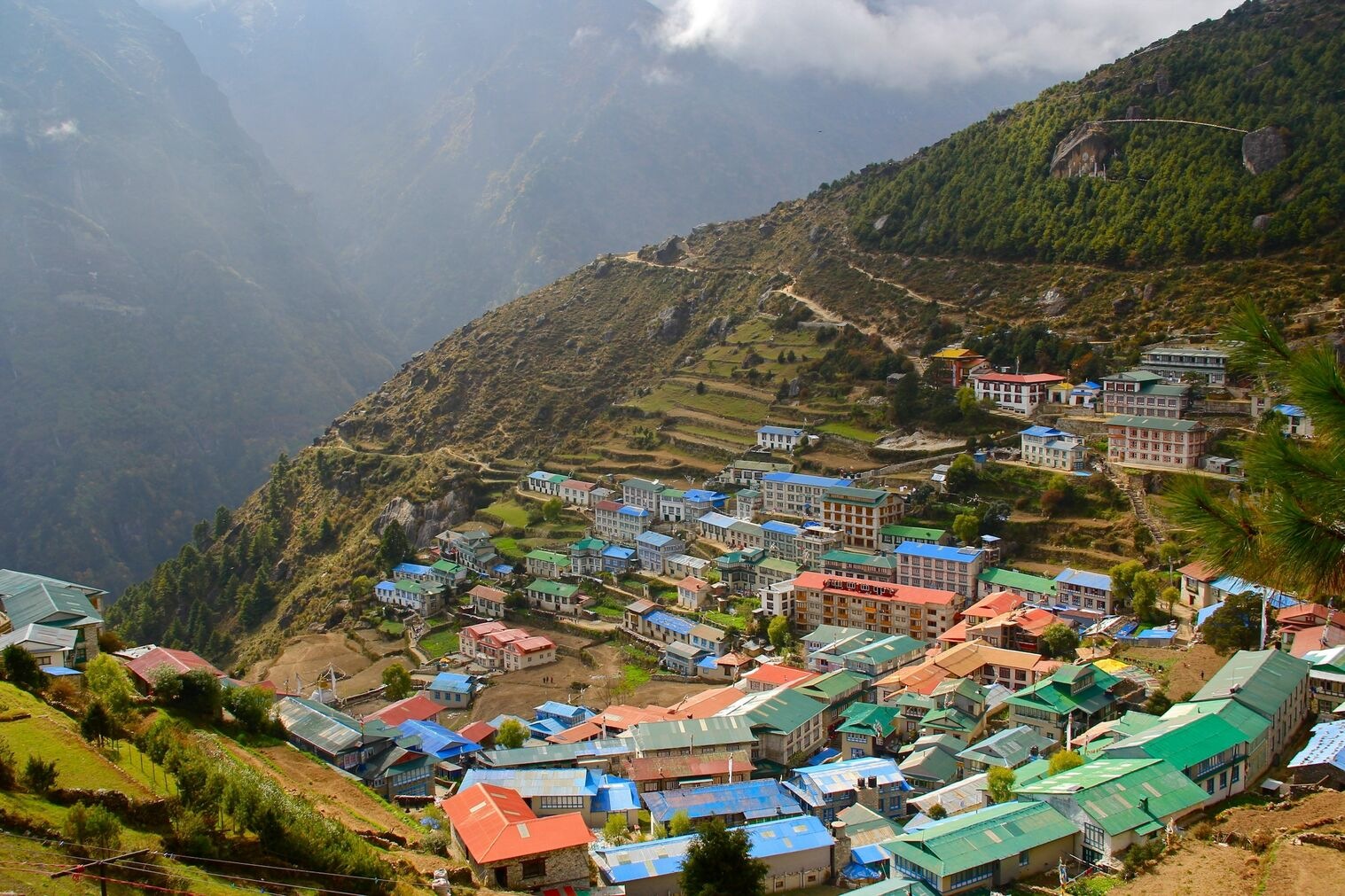 Traditional Cuisine
Traditional Cuisine
Savoring traditional Himalayan cuisine is an integral part of the trekking experience. Enjoy hearty meals like dal bhat (rice and lentils), momos (dumplings), thukpa (noodle soup), and yak butter tea, prepared with locally sourced ingredients and served with warm hospitality in mountain lodges and teahouses along the trails.
Religious and Spiritual Practices
The Himalayas are a melting pot of diverse religious and spiritual traditions, with Buddhist monasteries, Hindu temples, and ancient pilgrimage sites dotting the landscape. Participating in prayer ceremonies, visiting sacred sites, and learning about the region's religious and spiritual practices offer profound insights into the cultural and spiritual dimensions of the Himalayan trekking experience.
Acute Mountain Sickness (AMS)
Acute Mountain Sickness (AMS) is a common health risk associated with high-altitude trekking, characterized by symptoms like headache, nausea, dizziness, and fatigue. To mitigate the risk of AMS, follow proper acclimatization protocols, stay hydrated, and ascend gradually, allowing your body to adapt to the decreasing oxygen levels at higher altitudes.
Hygiene and Sanitation
Maintaining good hygiene and sanitation practices is essential to prevent gastrointestinal infections and other health issues while trekking in remote mountain environments. Use hand sanitizer, drink only purified or boiled water, and avoid consuming raw or uncooked foods to minimize the risk of foodborne illnesses.
Emergency Evacuation and Medical Facilities
In case of emergencies, having access to reliable medical facilities and emergency evacuation services is crucial. Trekking agencies and lodges often have satellite phones or communication devices to contact rescue services if needed. It's also advisable to carry a personal locator beacon (PLB) or satellite messenger for additional safety and peace of mind.
Leave No Trace
Practicing Leave No Trace principles is essential to minimize environmental impact and preserve the pristine beauty of the Himalayas for future generations. Always pack out your trash, dispose of waste properly, and avoid damaging vegetation and wildlife habitats while trekking.
Support Local Communities
Choosing to book treks, accommodations, and services through locally owned and operated businesses directly supports the livelihoods of local communities and fosters sustainable tourism development in the Himalayas. Respect local customs, traditions, and cultural practices, and seek opportunities to engage with communities in meaningful and mutually beneficial ways.
Responsible Wildlife Viewing
Responsible wildlife viewing is crucial to protect the fragile ecosystems and endangered species inhabiting the Himalayas. Observe wildlife from a distance without disturbing or feeding them, and refrain from collecting or removing plants, rocks, or other natural resources from their natural habitats.
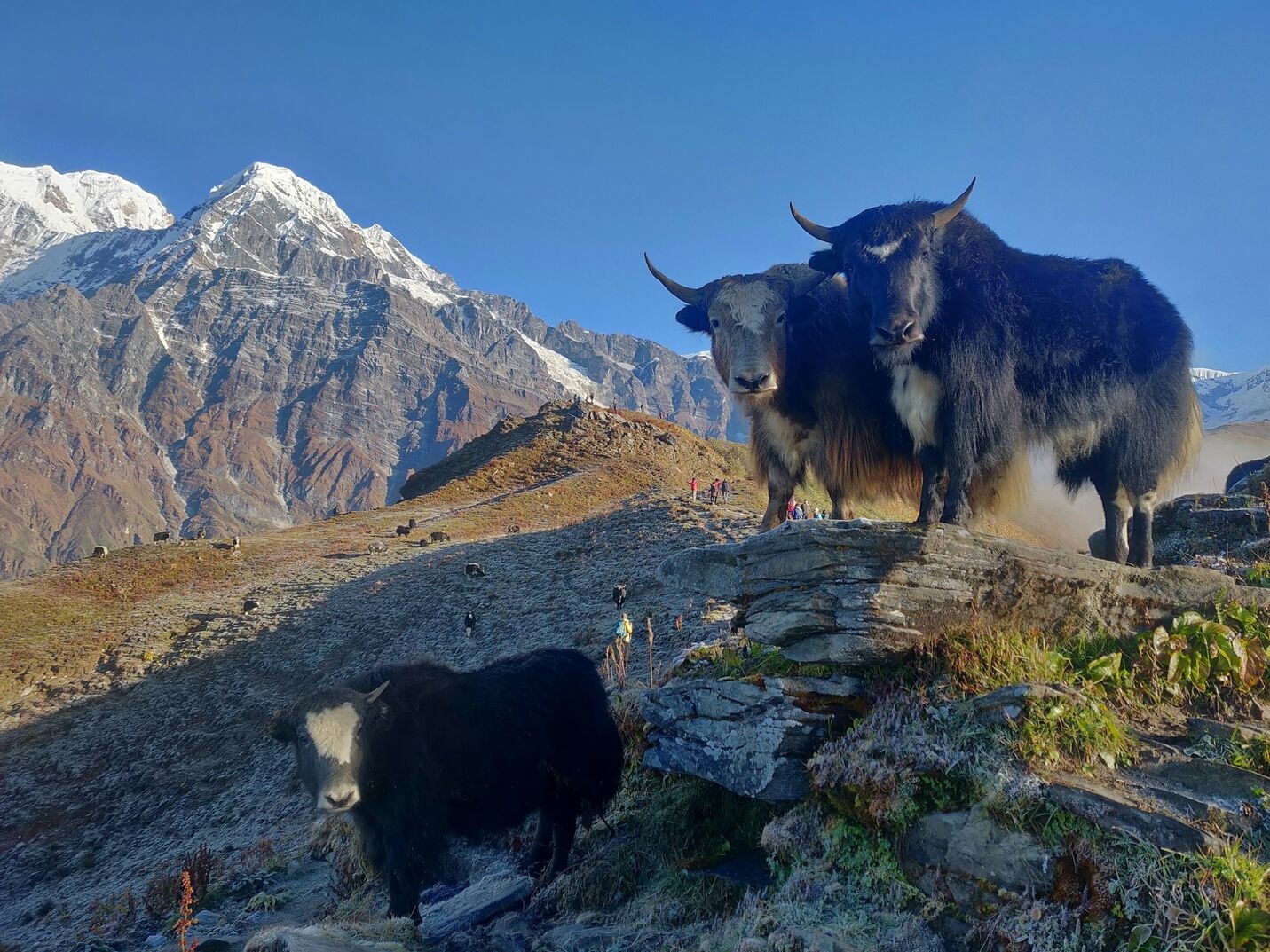 Embracing the Magic of the Himalayas
Embracing the Magic of the Himalayas
Trekking in the Himalayas is a transformative journey that offers unparalleled opportunities for adventure, cultural immersion, and personal growth. Whether you're a seasoned trekker or a first-time adventurer, the magic of the Himalayas beckons with its awe-inspiring landscapes, rich cultural heritage, and profound spiritual allure. By embracing sustainable practices, respecting local communities, and prioritizing safety and preparation, you can embark on a Himalayan trekking experience that will leave you with memories to cherish for a lifetime. So, lace up your hiking boots, pack your bags, and get ready to embark on a journey to remember in the enchanting realm of the Himalayas!
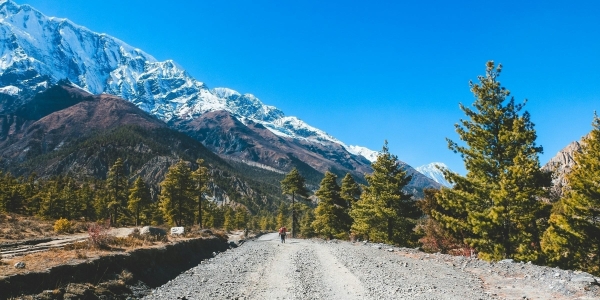
The Annapurna Circuit trek is a majestic trekking route in Nepal that carries a huge legacy. The Ann...
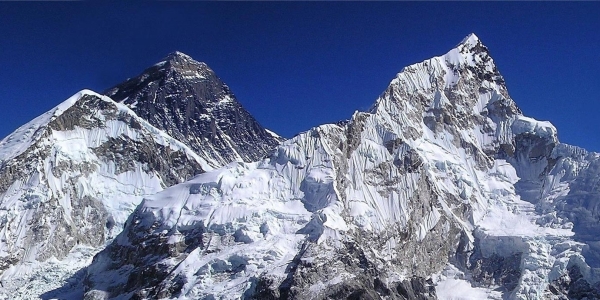
Thousands of enthusiastic hikers around the world have an ultimate dream to reach Everest Base Camp...

Nepal, nestled in the lap of the Himalayas, is a paradise for trekkers and adventure enthusiasts. Wi...
